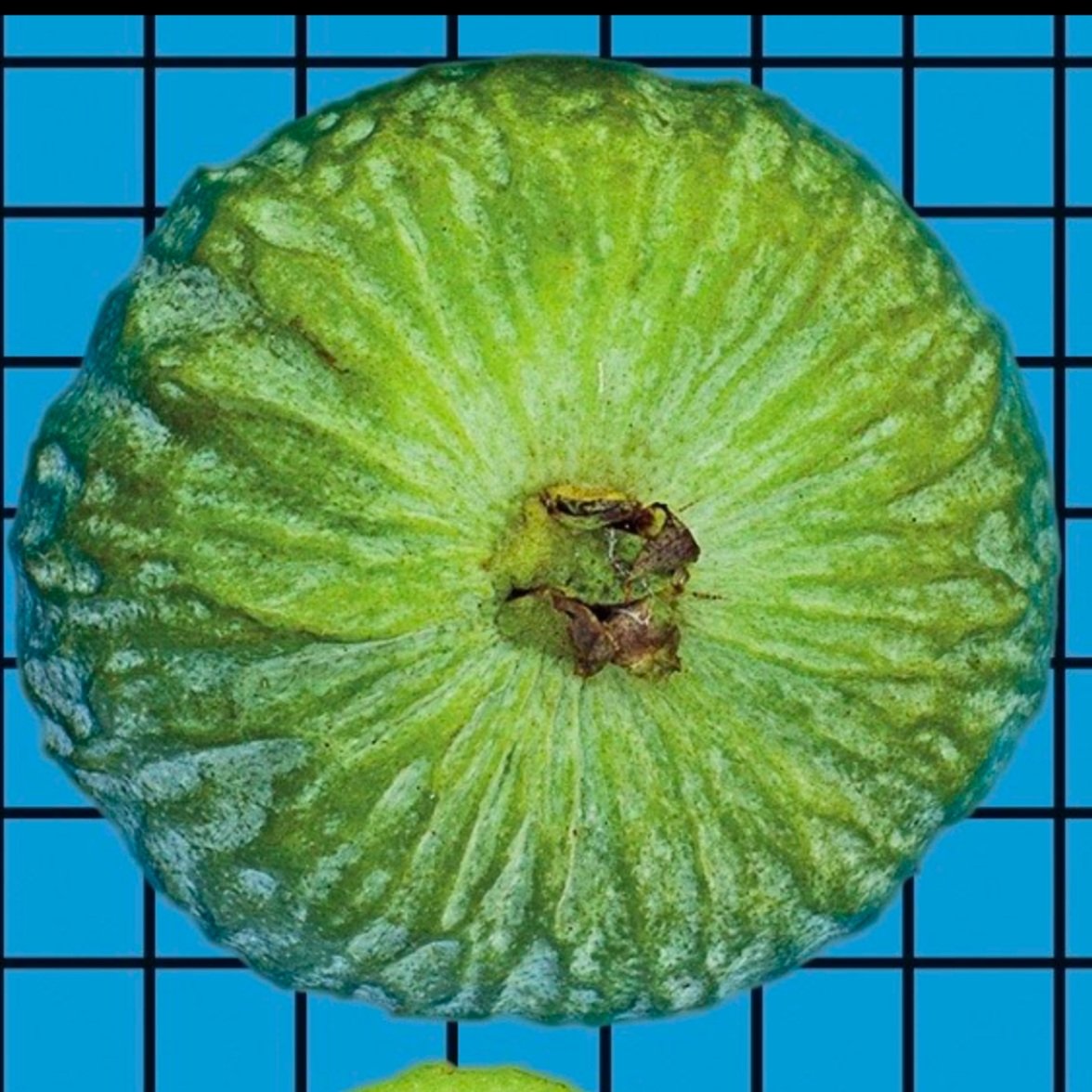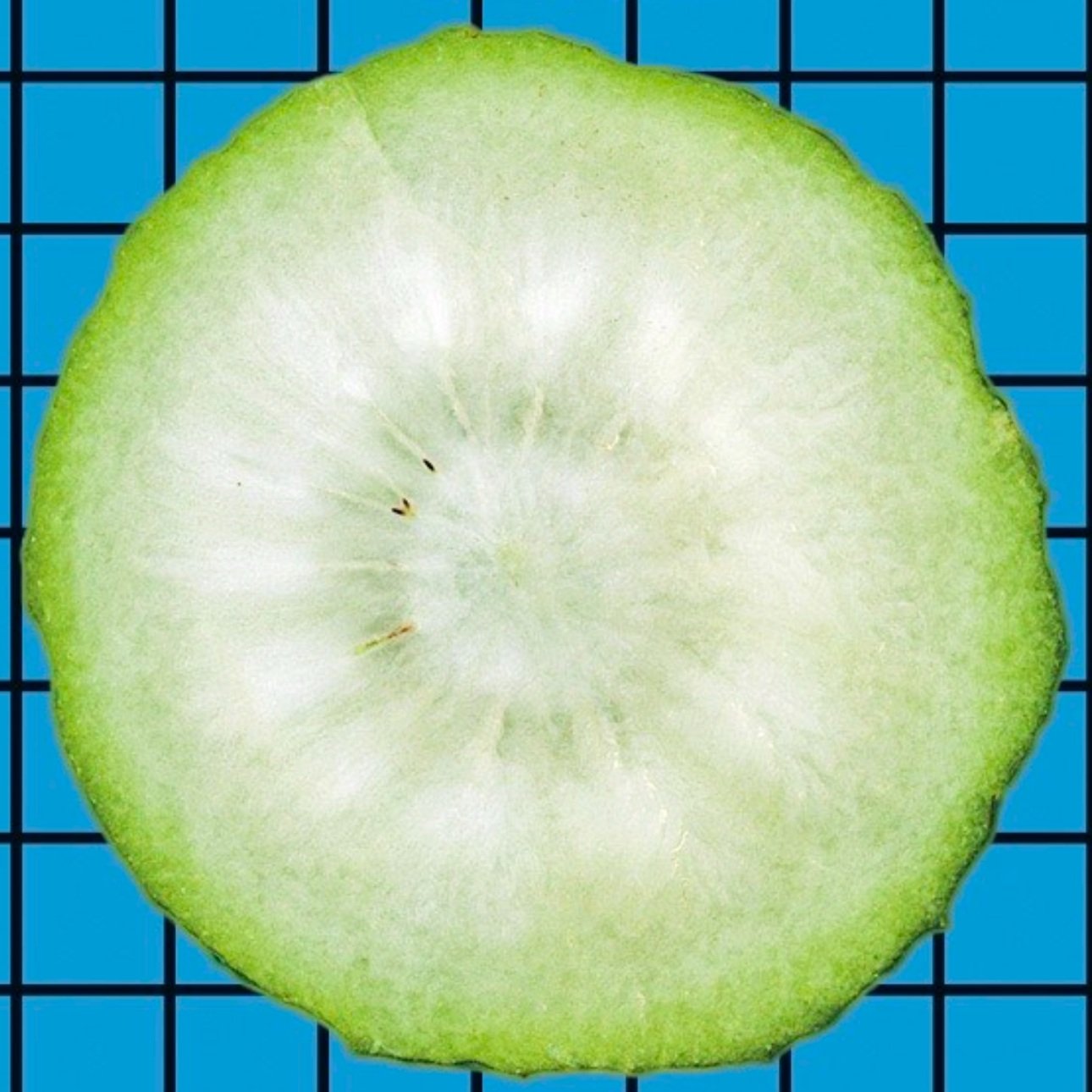Campomanesia Hirsuta
Seeds were imported from Brazil. Campomanesia hirsuta is a small tree, typically 2-4 meters tall, with a straight columnar crown and pendulous foliage. This species is very rare and endemic to the Atlantic Rainforest of Rio de Janeiro (Petrópolis and Teresópolis) and is occasionally cultivated in domestic orchards. The branches and leaves are densely hirsute-villous, with subcoriaceous leaves measuring 4-8 cm. Flowering occurs from December to February, with solitary or dichasiate flowers of 3, which are relatively small and axillary. The fruits, maturing from May to June, can exceed 8 cm in diameter, making them the largest among the 30 or more species of guabirobas. These fruits are strongly flattened at the poles, have a thin skin, very succulent pulp, few seeds, and a distinctly acidic flavor that is superior to cambuci as it is not astringent. Historically, the fruits were used in jellies by English settlers in Teresópolis and are also excellent in juices and ice creams. The tree is propagated by seeds and is sensitive to heat, thriving best at higher elevations. Seeds are shipped in humid vermiculite.
Seeds were imported from Brazil. Campomanesia hirsuta is a small tree, typically 2-4 meters tall, with a straight columnar crown and pendulous foliage. This species is very rare and endemic to the Atlantic Rainforest of Rio de Janeiro (Petrópolis and Teresópolis) and is occasionally cultivated in domestic orchards. The branches and leaves are densely hirsute-villous, with subcoriaceous leaves measuring 4-8 cm. Flowering occurs from December to February, with solitary or dichasiate flowers of 3, which are relatively small and axillary. The fruits, maturing from May to June, can exceed 8 cm in diameter, making them the largest among the 30 or more species of guabirobas. These fruits are strongly flattened at the poles, have a thin skin, very succulent pulp, few seeds, and a distinctly acidic flavor that is superior to cambuci as it is not astringent. Historically, the fruits were used in jellies by English settlers in Teresópolis and are also excellent in juices and ice creams. The tree is propagated by seeds and is sensitive to heat, thriving best at higher elevations. Seeds are shipped in humid vermiculite.
Seeds were imported from Brazil. Campomanesia hirsuta is a small tree, typically 2-4 meters tall, with a straight columnar crown and pendulous foliage. This species is very rare and endemic to the Atlantic Rainforest of Rio de Janeiro (Petrópolis and Teresópolis) and is occasionally cultivated in domestic orchards. The branches and leaves are densely hirsute-villous, with subcoriaceous leaves measuring 4-8 cm. Flowering occurs from December to February, with solitary or dichasiate flowers of 3, which are relatively small and axillary. The fruits, maturing from May to June, can exceed 8 cm in diameter, making them the largest among the 30 or more species of guabirobas. These fruits are strongly flattened at the poles, have a thin skin, very succulent pulp, few seeds, and a distinctly acidic flavor that is superior to cambuci as it is not astringent. Historically, the fruits were used in jellies by English settlers in Teresópolis and are also excellent in juices and ice creams. The tree is propagated by seeds and is sensitive to heat, thriving best at higher elevations. Seeds are shipped in humid vermiculite.





